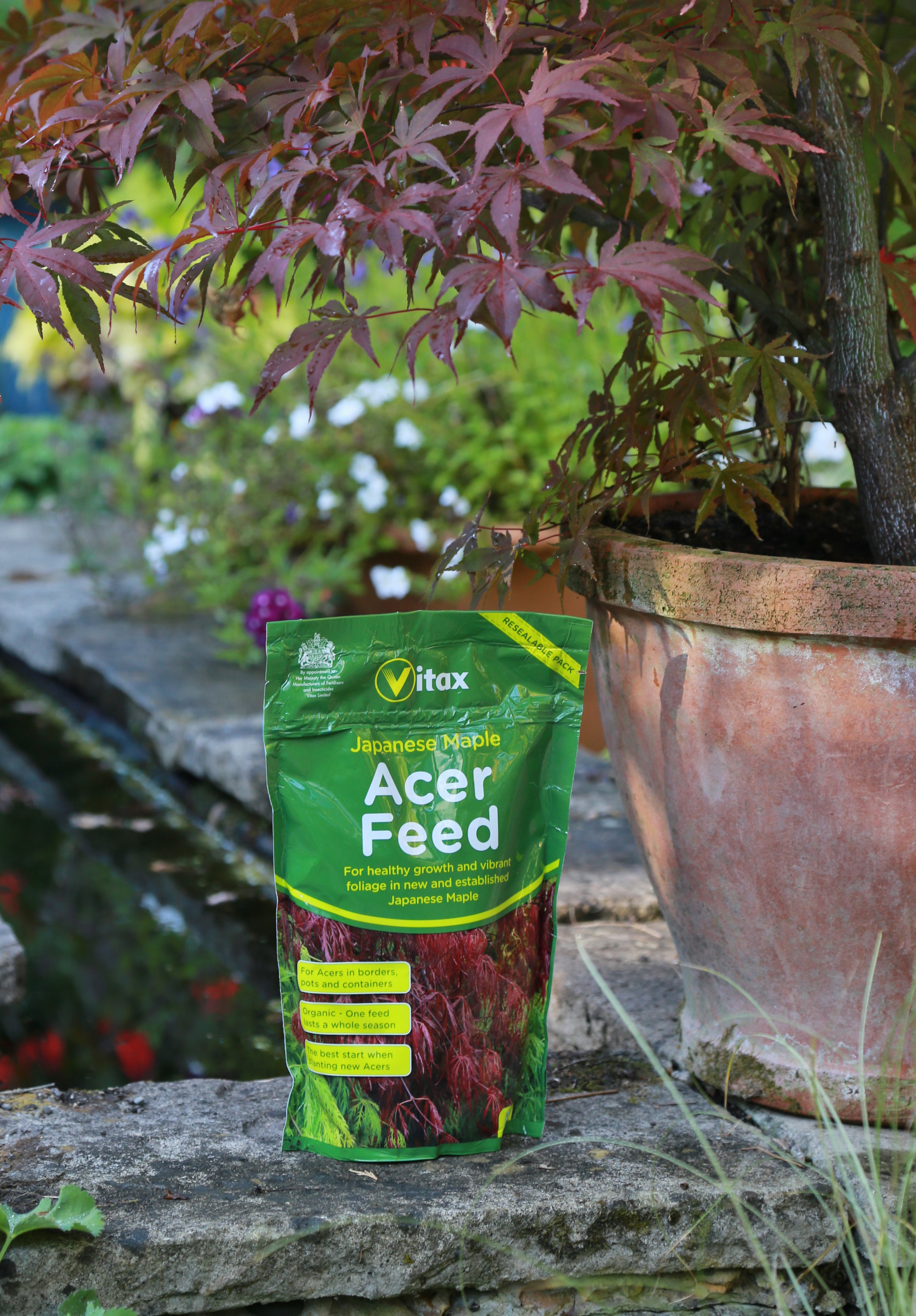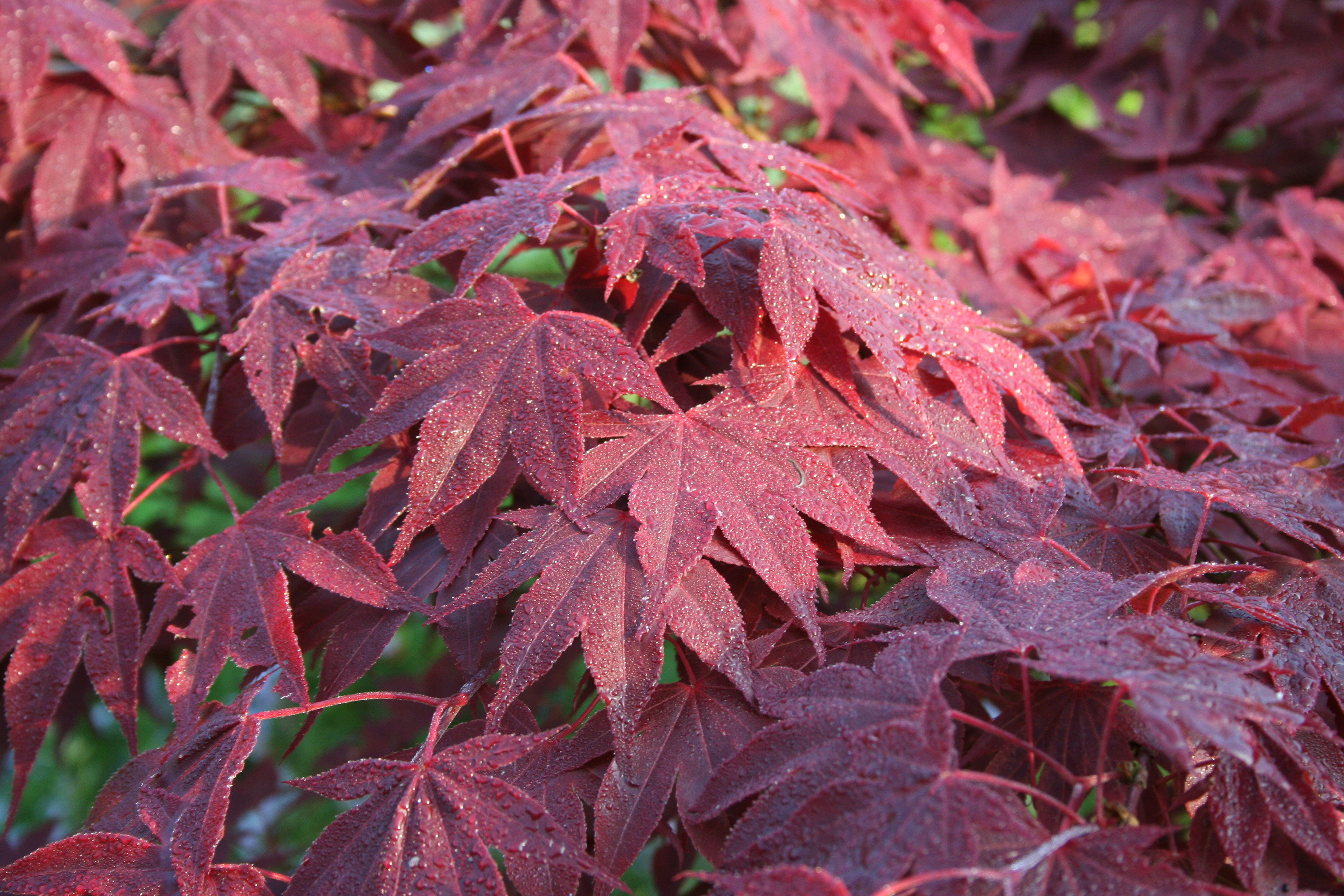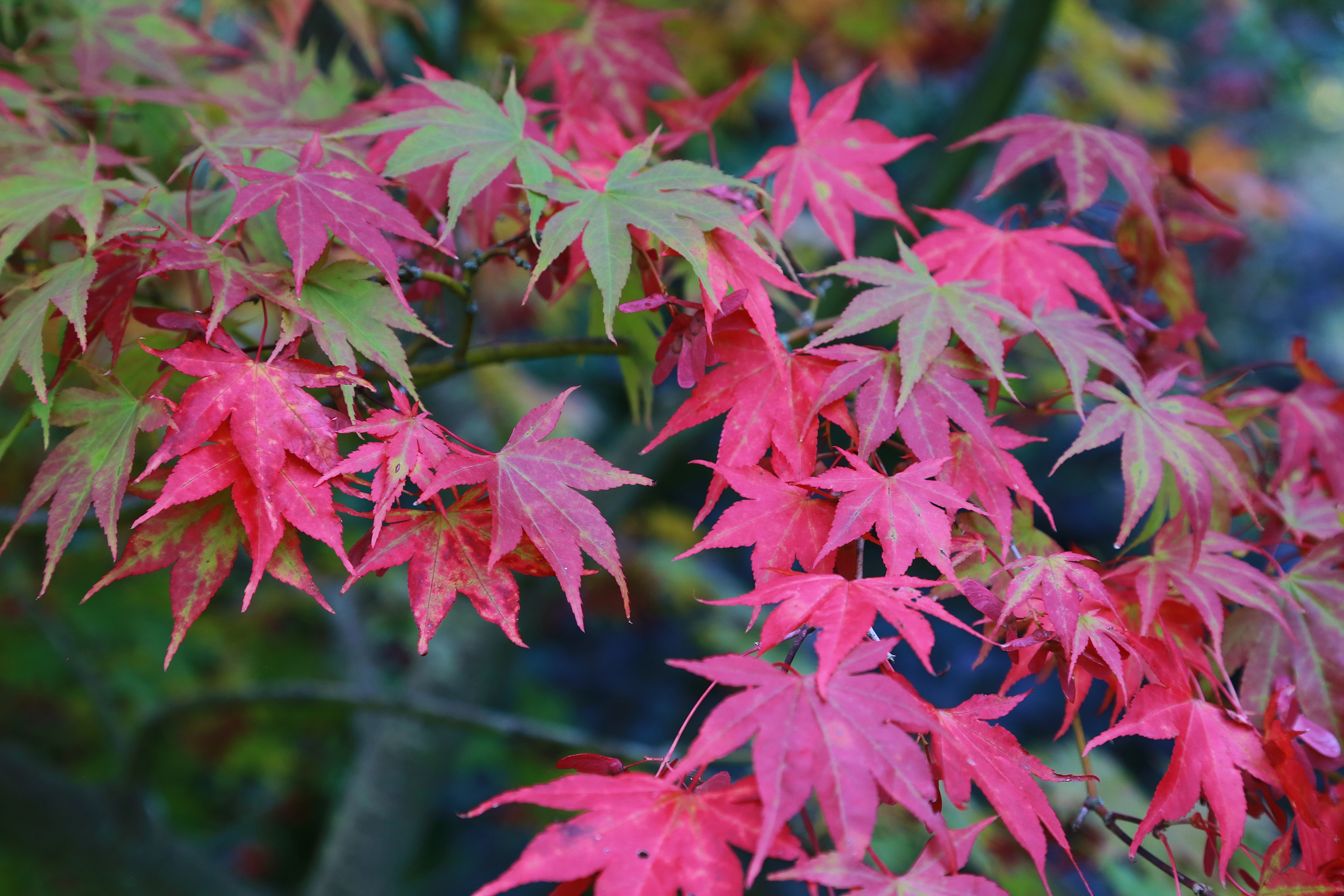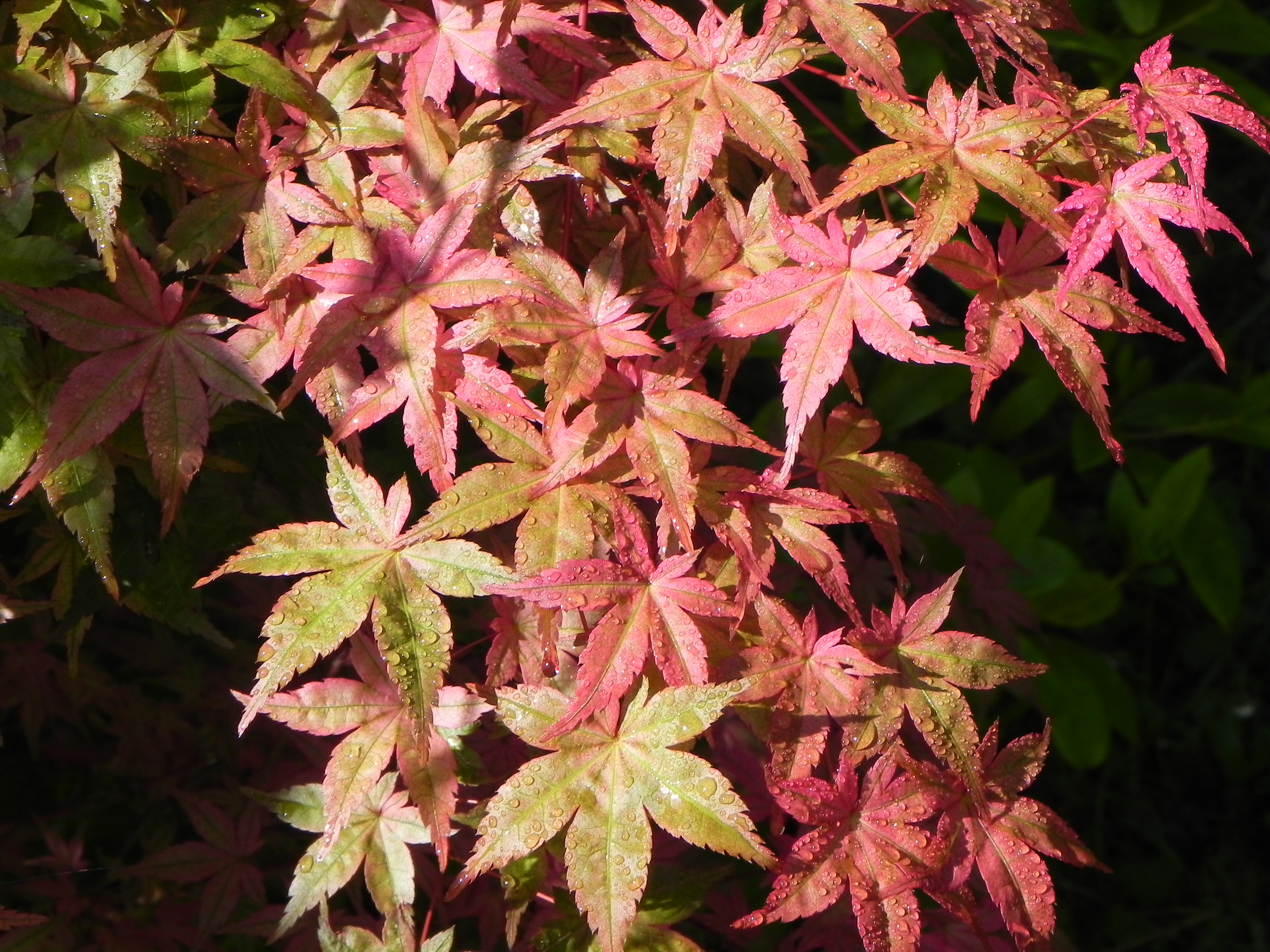Growing Japanese Maples
Getting the best from Acers
Few plants have the fabulous foliage, elegant form and all year appeal possessed by the Japanese maples. Beautiful silhouettes in winter, vibrant new leaves in spring, billowing summer canopies and flaming autumn tints. Often thought of as delicate and difficult they are in fact easy to grow and far more robust than many believe.
Soil type?
The Japanese maples are mostly varieties of Acer palmatum. Contrary to popular belief they grow on most soils that are not too dry. They prefer neutral to acid conditions and dislike extremely alkaline soil and shallow chalk. When growing in a pot use a mixture of ericaceous compost and John Innes no. 3.
Situation?
The delicate leaved acers need shelter from strong winds which can damage the leaves, particularly early in the year. The red and green leaved varieties are best in an open position that gets plenty of sunshine, in shade the colour can be poor and the autumn tints disappointing. Those with small, thin leaves or variegated foliage are best in semi-shade. Cut-leaved varieties such as Acer palmatum ‘Dissectum’ are less wind tolerant than those with broader lobes.
Newly planted acers are especially vulnerable to exposed conditions; they have often been grown under protection and the leaves are not hardened to wind and sun. If necessary provide temporary shelter.

Feeding?
Acers are not greedy feeders, however they do require the right nutrients when first planted and as a supplement once or twice each year. Vitax Acer Feed is specially formulated to provide the right nutrients for healthy growth a development and the finest foliage. An organic fertiliser it releases nutrients slowly and contains sufficient potash to harden leaves and stems, making them more tolerant of extreme weather.
Add a couple of handfuls to the soil when planting and a similar amount as a top dressing around established plants in spring.
Watering?
Once established Japanese maples are tolerant of drier soil, however extreme drought will cause browning and shrivelling of the leaves from the tips. Dead, brown, curled leaf tips are a sure sign of dry roots. Plants will usually recover when given adequate care.
On the other hand maples are very intolerant of waterlogged soil. This can cause die back of branches or all of the plant when waterlogged conditions persist in winter. The red-leaved varieties are particularly vulnerable.
Five of the best
 Acer palmatum ‘Bloodgood’ is one of the best with deep purple-red foliage, dark twigs and an upright habit. It is a fine small tree but can also be grown in large pot on a balcony or in a courtyard. The rich crimson autumn colour is good on most soils; it is resistant to scorch and wind damage.
Acer palmatum ‘Bloodgood’ is one of the best with deep purple-red foliage, dark twigs and an upright habit. It is a fine small tree but can also be grown in large pot on a balcony or in a courtyard. The rich crimson autumn colour is good on most soils; it is resistant to scorch and wind damage.
Acer palmatum ‘Crimson Queen’ is a broad, dome-shaped shrub with finely cut, feathery foliage of deep red-purple. It can be trained as a standard from an early age, but it is better to buy one ready trained if you want a standard form.

Acer palmatum ‘Ozakazuki’ is the best known for autumn colour. Olive green with reddish leaf edges through summer and red-winged fruits, the fall colour is flame-scarlet and long-lasting.
Acer palmatum ‘Katsura’ is a very attractive acer with small, lime-green lobed leaves; pale apricot when young. The foliage always retains a tint of orange and turn shades yellow and rich orange in autumn.
Acer palmatum ‘Beni Maiko’ is a small, bushy acer with delicate leaves. The new foliage is strawberry coloured in spring, becoming softer crimson, then soft green flushed with red later in the season. At its best in semi-shade.

Your login details have been used by another user or machine. Login details can only be used once at any one time so you have therefore automatically been logged out. Please contact your sites administrator if you believe this other user or machine has unauthorised access.












